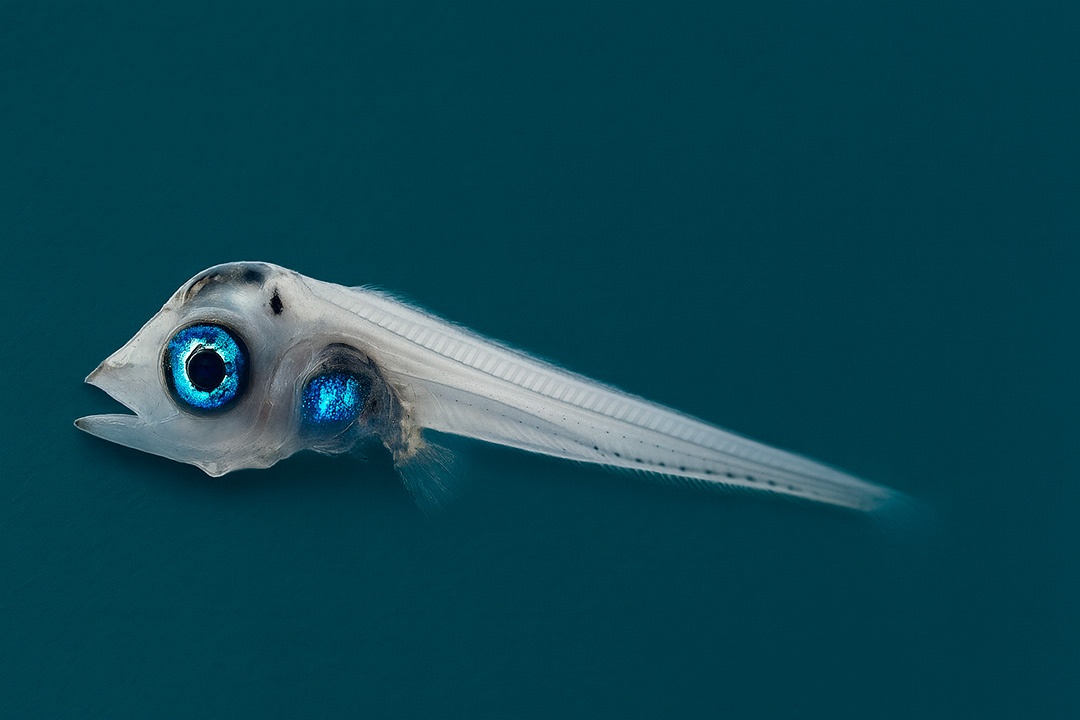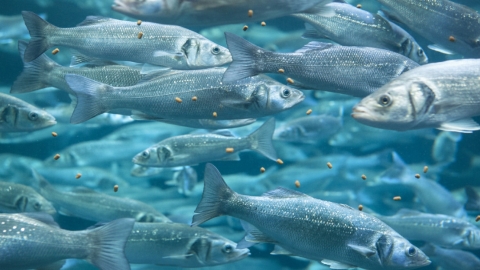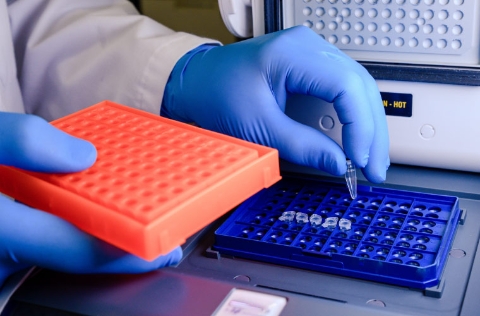
Spanish scientists are taking a major step towards making the farming of Atlantic bluefin tuna more sustainable, focusing on two little-explored but critical factors: the fish’s heart health and its gut microbiota.
Researchers from the Spanish Institute of Oceanography (IEO-CSIC) unveiled their latest findings at Aquaculture Europe 2025 in Valencia. Their work aims to understand why juvenile bluefin tuna (Thunnus thynnus) experience such high mortality rates in captivity – one of the greatest challenges still facing the industry.
“Future Lines of Study on Bluefin Tuna (Thunnus thynnus)” is led by Edurne Blanco of the Balearic Oceanographic Centre (IEO-CSIC), with contributions from the IEO’s Murcia and Gijón centres, the Norwegian University of Life Sciences (NMBU), and the team at the ICTS-ICAR Mazarrón tuna research facility. The researchers are investigating how cardiac physiology and gut microbiology may help explain the high and variable mortality observed in farmed bluefin tuna compared with their wild counterparts.
According to the researchers, the causes are multifactorial – involving nutrition, the quality of live feed, handling stress, collisions, and possible physiological or microbial imbalances. Understanding how these elements interact is essential if survival rates in aquaculture are improve.
To tackle the problem, the IEO-CSIC team has launched two complementary studies. The first looks at cardiac health, analysing the structure and function of the heart in wild, fattened and captive-reared tuna, from larvae through to adults. Using detailed histological techniques, the scientists aim to identify structural or fibrotic changes that could be linked to farming stress, helping to establish baseline references for the species’ heart morphology and performance.
The second focuses on the gut microbiota, a key but often overlooked component of fish health. By sequencing DNA form intestinal samples of larvae, juveniles and adults – both wild and farmed – the researchers are exploring how diet, age and rearing conditions shape microbial diversity. These insights could inform better feeding strategies and enhance disease resistance in farmed populations.
Both research strands represent key frontiers in making bluefin tuna farming more viable, the scientists say, emphasising that they are crucial to reducing mortality during the species’ early life stages. “Cardiac function and gut microbial balance are fundamental to understanding why survival in captivity remains so low,” they add.
The studies are part of the ThinkinAzul project – co-founded by Spain’s Ministry of Science, Innovation and Universities and NextGenerationEU through the PRTR and Fundación Séneca – and NEWSPEC-Murcia, supported by European Maritime, Fisheries and Aquaculture Fund (EMFAF).



